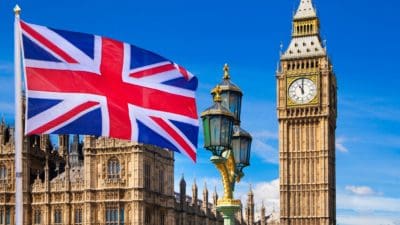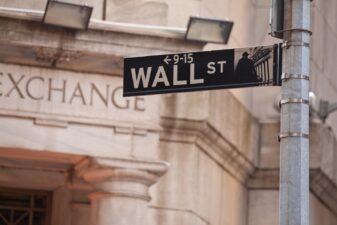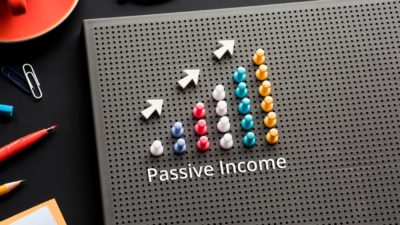Q4 adjusted profit rose by 104% to $400m at BP (LSE: BP) last year, but the increased figure fell short of analysts’ consensus forecasts of $560m. The firm’s shares are 2% lower this morning as investors — including me — digest a mixed set of results.
Today, I’ll take a closer look at the figures and the firm’s plans for increased spending in 2017. Does BP still offer good value?
A mixed year
BP’s underlying replacement cost profit, the firm’s preferred adjusted measure, fell by 56% to $2,585m last year. According to the firm, this reflects a “challenging” price environment. The average price of Brent crude oil was $44 per barrel last year, the lowest for 12 years. Gas prices were also low, and refinery profit margins fell.
Should you invest £1,000 in BP right now?
When investing expert Mark Rogers has a stock tip, it can pay to listen. After all, the flagship Motley Fool Share Advisor newsletter he has run for nearly a decade has provided thousands of paying members with top stock recommendations from the UK and US markets. And right now, Mark thinks there are 6 standout stocks that investors should consider buying. Want to see if BP made the list?
This paints a negative picture, but BP’s underlying profitability improved last year. Despite logging a further $4bn in charges relating to the 2010 oil spill, BP reported a full-year statutory profit of $115m. This compares well to the $6.5bn loss reported in 2015.
Cash costs were $7bn lower than in 2014, while capital expenditure of $16bn was below forecast levels of $17bn-$19bn. 2017 should see the group return to more normal levels of profit.
Is the 7% yield safe?
One question concerning investors is the safety of BP’s dividend. The group’s quarterly payout of 10 cents per share was confirmed today. This gives a full-year yield of almost 7% at current exchange rates.
However, BP has recently made a number of acquisitions. This has resulted in spending guidance for the current year being increased from $15bn-$17bn to $16bn-$17bn. As a result, the firm won’t generate enough cash to cover its dividend and spending plans unless oil prices reach $60 per barrel this year. Last year’s guidance was for a breakeven point of $55 per barrel.
Time to target growth?
BP’s chief executive Bob Dudley correctly forecast that the price of oil would stay lower for longer than expected. He may now be correct to target growth. An oil price of $60 per barrel is in line with many experts’ views on the level needed to balance medium-term supply and demand.
BP has had to sell a lot of assets to fund the $62,585m it has now spent on the Deepwater Horizon oil spill. But the majority of these costs are now in the past. The impact of Deepwater Horizon on future profits should be much less significant from here.
Buy BP?
BP’s underlying earnings are expected to rise by about 150% to $0.41 per share this year. This puts the stock on a forecast P/E of 14, with a prospective yield of 7%. This should be a reasonable entry point if the oil market continues to recover.
It’s worth noting that BP still looks cheap relative to its historic levels of profit. The group’s shares trade on a P/E of just 10 times its 10-year average earnings per share. I remain a shareholder and would consider adding more at current levels.







